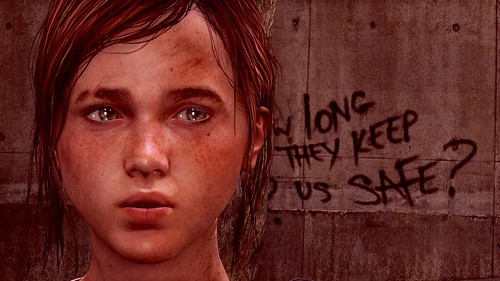This article is not about how the television adaptation of The Last of Us stands as an allegory for the way that the COVID-19 pandemic unfolded in the U.S. Rather, I theorize that the show’s abiding grimness, an outgrowth of the second game in the franchise, serves as representation and reinforcement of the deep and persistent ableism inherent in late capitalism, which unfortunately was only exacerbated by the global disabling event of the ongoing COVID-19 pandemic.
Tag: the last of us
THE LAST OF US, Fungal Entanglements, and Theorizations of Disability Representation
Mainstream narratives rarely focus on “the promises of monsters” envisioned by feminist theory (see, for instance, Donna Haraway’s work) or disability theory’s reclaiming (for instance in Robert McRuer’s and Rosemary Garland-Thomson’s work) of concepts which historically carried negative connotations like “crip” or “freak,” but representations of disability in the context of horror media must also contend with the problem of how disability has been framed in horror texts.

